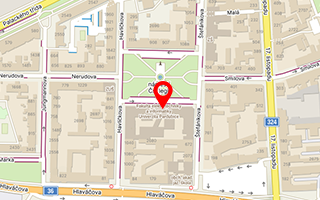Publikace detail
Estimation of the capacity of human perception using computational aesthetics
Autoři:
Nedvědová Marie | Marek Jaroslav
Rok: 2019
Druh publikace: článek ve sborníku
Název zdroje: Conference on Microwave Techniques (COMITE) / Microwave and Radio Electronics Week (MAREW)
Název nakladatele: IEEE (Institute of Electrical and Electronics Engineers)
Místo vydání: New York
Strana od-do: 351-355
